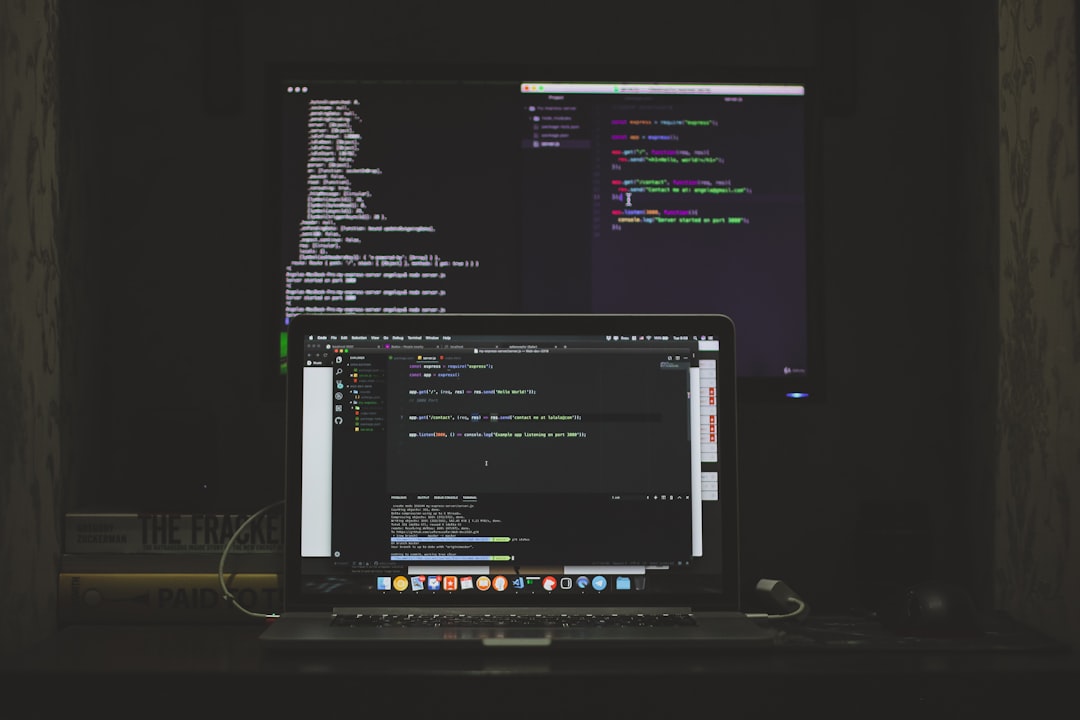Linux is a powerful and versatile operating system used by developers, system administrators, and technology enthusiasts around the world. One of its strengths lies in how software is handled and installed. If you are new to Linux, you may have come across the command apt install. This command is a key part of Linux’s package management system, a critical tool for installing, updating, and managing software. Understanding it is essential for anyone who wants to work with Linux effectively.
What Is APT?
APT, short for Advanced Package Tool, is a command-line tool used in Debian-based distributions of Linux such as Ubuntu, Linux Mint, and Debian itself. It allows users to find, install, upgrade, and remove software packages from their systems quickly and efficiently.
The APT system connects to online repositories that contain thousands of precompiled software packages. This means you do not need to manually download and compile software from source code, greatly simplifying system maintenance.

Using apt install: Installing Software Made Easy
The apt install command is one of the most commonly used APT commands. It allows users to install new packages from the repository directly to their Linux system. For example, to install the text editor vim, you would open a terminal and type:
sudo apt install vimThis command does several things in one step:
- Checks Dependencies: Ensures that all necessary supporting files and libraries are also installed.
- Resolves Conflicts: Warns if the new software conflicts with existing packages.
- Downloads and Installs: Retrieves the software from trusted repositories and installs it on the system.
Using sudo gives you the administrative privileges required to make system-wide changes.
The Importance of Repositories
Linux software packages are stored in remote servers called repositories. When you run apt install, your system connects to these repositories to fetch the necessary files. Repositories are curated and verified by the Linux distribution maintainers, which ensures that the software is secure and compatible with your system.
There are different types of repositories:
- Main: Official and supported software packages.
- Universe: Community-maintained software which may not receive official support.
- Restricted and Multiverse: Contain non-free or proprietary software, available under specific licensing terms.
Keeping Your System Updated
APT doesn’t only handle installations; it also makes system updates easier. To ensure your software is up-to-date, use the following commands:
sudo apt updateThis command refreshes the package lists so that your system knows about the latest versions available in the repositories.
sudo apt upgradeThis installs the latest versions of currently installed packages, without removing any packages.

Uninstalling Packages
Should you need to remove a piece of software, APT also provides the apt remove and apt purge commands:
sudo apt remove package-name: Removes the package but keeps configuration files.sudo apt purge package-name: Removes both the package and its configuration files.
To clean up leftover files and free disk space, it’s a good practice to occasionally run:
sudo apt autoremoveAdvantages of APT Package Management
APT’s design brings several important advantages:
- Reliability: Thorough package validation ensures minimal risk of broken installations.
- Security: Packages are signed with cryptographic keys to maintain trust.
- Efficiency: Dependencies are automatically resolved and managed.
- Ease of Use: Human-readable commands make it accessible for beginners and powerful enough for experts.
Conclusion
Understanding and using apt install is an essential part of mastering Linux. Whether you’re installing a development tool, a productivity app, or keeping your system up to date, APT is the engine that makes it all function smoothly. By learning the fundamentals of this powerful tool, new Linux users can enhance their command-line proficiency and enjoy the full benefits of this robust open-source operating system.
Keep experimenting, keep exploring—and soon you’ll be navigating your Linux system like a pro.


